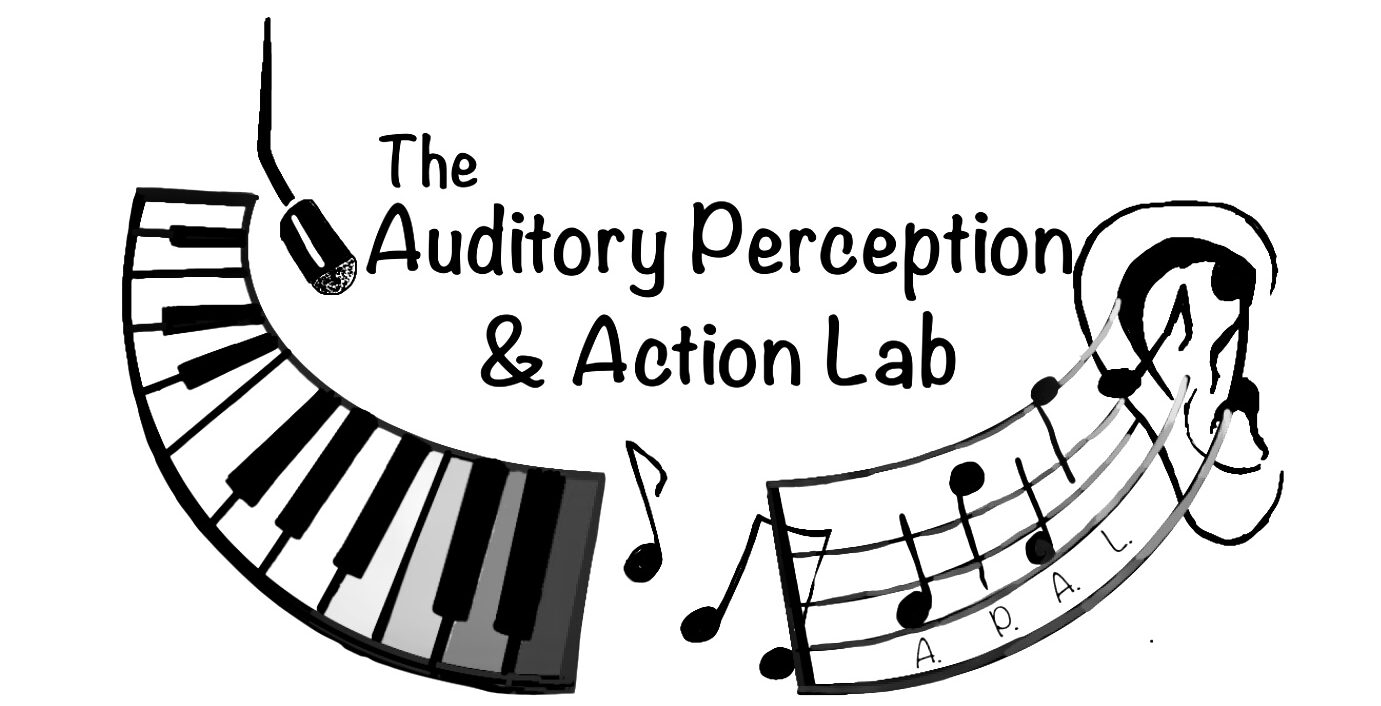Note: All articles are the sole copyright of their respective publishers. By downloading these materials you agree to use them for educational purposes only.
- Zak, N. A., Temperley, D., & Pfordresher, P. Q. (in press). Interval patterns facilitate short-term memory encoding of auditory pitch sequences. Music Perception.
- Pfordresher, P. Q., & Nolan, N. P. (2019). Testing convergence between singing and music perception accuracy. Auditory Perception & Cognition, 2, 67-81.
- Larrouy-Maestri, P., & Pfordresher, P. Q. (2018). Pitch perception in music: do scoops matter? Journal of Experimental Psychology: Human Perception and Performance, 44, 1523-1541.
- Brown, S., Pfordresher, P. Q., & Chow, I. (2017). A musical model of speech rhythm. Psychomusicology: Music, Mind, and Brain, 27, 95-112.
- Acevedo, S., Temperley, D., & Pfordresher, P. Q. (2014). Effects of metrical encoding on melody recognition. Music Perception, 31, 372-386.
- Prince, J. B., & Pfordresher, P. Q. (2012). The role of pitch and temporal diversity in the perception and production of musical sequences. Acta Psychologica, 141, 184-198.
- Prince, J. B., & Pfordresher, P. Q. (2010). Pitch/time diversity effects in perception and production. In S. M. Demorest, S. J. Morrison, & P. S. Campbell (Eds.) Proceedings of the 11th International Conference on Music Perception and Cognition (pp. 821-824). University of Washington: Seattle, Washington.
- Pfordresher, P.Q. (2003a). The role of melodic and rhythmic accents in musical structure. Music Perception, 20, 431-464.
- Jones, M.R. & Pfordresher, P.Q. (1997). Tracking melodic events using Joint Accent Structure. The Canadian Journal of Experimental Psychology, 51, 271-291.
